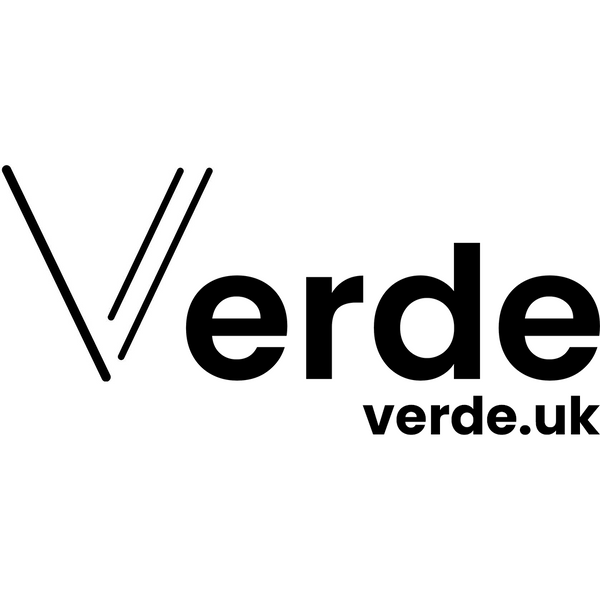
Exploring Short Rows: Adding Dimension to Your Knitting and Crochet Projects
Today, we're diving into a technique that can truly elevate your knitting and crochet projects ~ short rows. These little wonders are the key to adding depth, shape, and captivating design elements to your creations.
So, what exactly are short rows?
In a nutshell, they are rows that are not worked all the way across, creating partial rows that are shorter than the full width of your project. By turning your work before reaching the end of a row, you create extra fabric in specific sections, resulting in beautiful curves, angles, and unexpected patterns.
Why should you incorporate short rows into your knitting and crochet projects?
Short rows can add fascinating texture and visual appeal to accessories, shape garments for a more flattering fit, sculpt the heel of a sock, or breathe life into your amigurumi. They serve as an invaluable tool in your crafting repertoire, providing a touch of artistry and individuality to your projects.
Let's explore a couple of popular techniques for both knitting and crochet:
Knitting:
- Wrap and Turn (W&T): This classic method is widely used in knitting. When you reach the turning point, simply wrap the working yarn around the next stitch before turning the work. The wrap creates a small loop that prevents holes or gaps from forming when you later work across the wrapped stitch.
- German Short Rows: This technique is gaining popularity for its simplicity and clean finish. Instead of using wraps, mark the turning point, then slip the next stitch, and pull the working yarn tightly up and over the needle to create a double stitch. When you come back to this stitch, work it as one stitch, effectively closing the gap.

Crochet:
- Chain and Turn (C&T): At the turning point, create a chain stitch before turning your work. From here, there are several different options based on personal preference. One method is to skip the first stitch after the turn, creating a 'step' that is crocheted into on subsequent rows. Alternatively, you can use the turning chain to close the gap. Experiment with different techniques to see which works best for you and your project.

Don't shy away from experimenting with short rows. As always, practice makes perfect, and it might take a few attempts to get the tension and technique just right, but don't be discouraged. Remember to share your creations with others, inspire fellow crafters, and keep spreading the joy of handmade goodness.
Happy stitching!
P.S. Check out these associated articles. :)
Related Blog Posts
Expand your knowledge with additional readings:
Guide to Ribbing Techniques in Knitting and Crochet
Explore different techniques for adding ribbing to your knitting and crochet projects.
Tips for Perfect Ribbing
Learn how to achieve flawless ribbing in your knitting and crochet creations.
Mastering Mosaic Knitting: Beginner's Guide
Begin your journey in mosaic knitting with this detailed guide for beginners.
Featured Products
Discover products to enhance your crafting experience:
Heart Wall Hanging Free Pattern
Create a heart-themed wall hanging with this free and easy-to-follow pattern.
Mitred Wrist Warmer Free Pattern
Keep your wrists warm with this stylish and simple wrist warmer pattern.
Relevant Collections
Explore our specially curated collections:
Hats Collection
Find diverse patterns and materials for crafting unique hats.
Shawls and Wraps Collection
Discover elegant shawl and wrap patterns to add sophistication to your wardrobe.
Informative Pages
Enhance your skills with these informative resources:
Knitting Stitch Abbreviations
A handy guide to common knitting stitch abbreviations, aiding in pattern comprehension.
Organic Practices
Understand our commitment to sustainability and organic practices in our product range.
